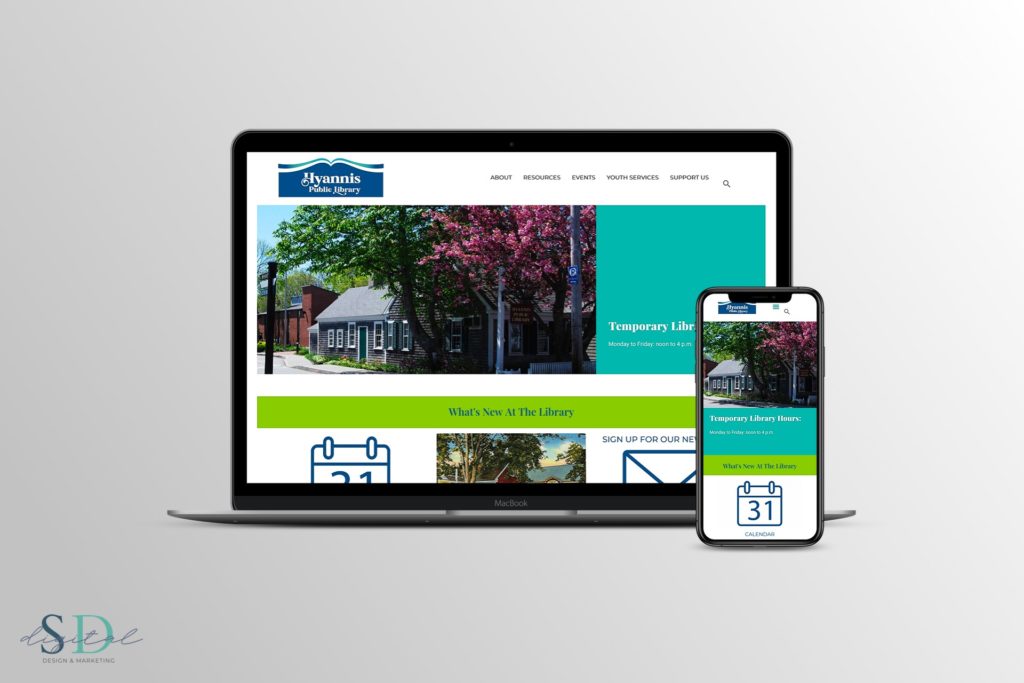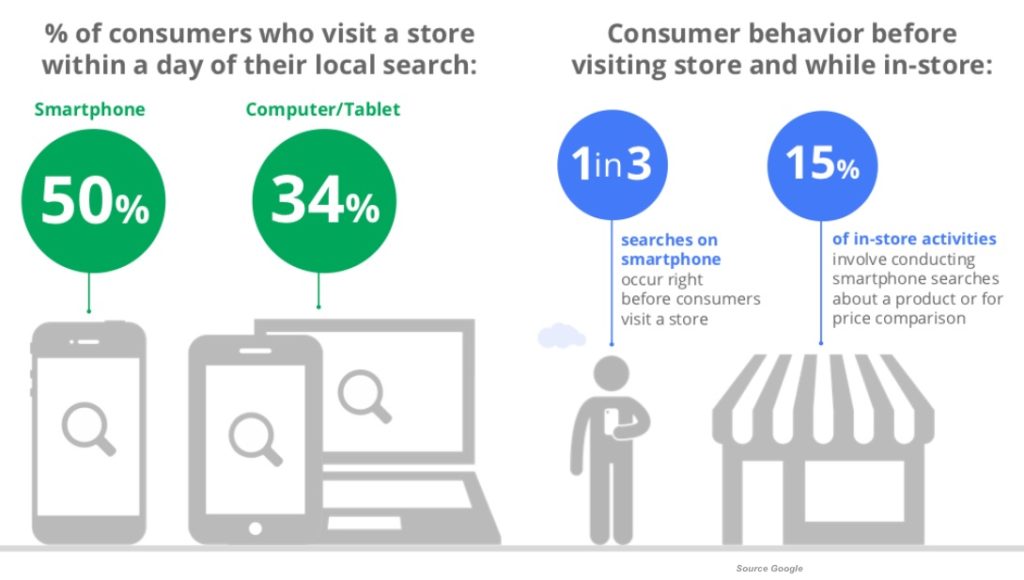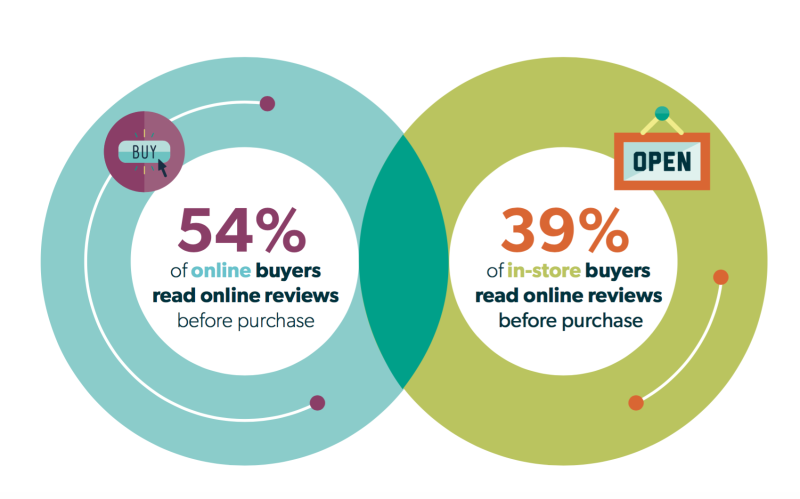Hyperlocal Marketing - The Ultimate Guide
This article is going to tell you everything you need to know about hyperlocal marketing, but I’m going to start this article off with a quick story that demonstrates how important this concept is in certain areas. I was talking with a colleague over on Martha’s Vineyard a few weeks ago. We were catching up about the digital marketing landscape on Cape Cod and the Islands and why it’s so important to choose local designers and marketers when it comes to our specific location.
This colleague related a true story about a client on the Vineyard who had their website designed by a firm that was off-island. One aspect of the website included selections of places to eat nearby. Upon closer inspection of the suggested eateries, it became crystal clear that the firm that designed the website failed to consider that while a dining establishment may have been just miles away (seems like a quick jaunt right?), but in reality you would need to take a ferry to get there and the trip would be a lot longer than a few minutes drive! It’s obviously something that a local would have picked up on right away, rather than a far away designer/marketer who just plugged things into Google maps to find what appeared to be the fewest miles away!

Table of Contents
88% of consumers who do a local search on their smartphone visit or call a store within a day, and nearly 46% of all Google searches are seeking local information
Capterra, February 2021
Hyperlocal marketing can be defined as “marketing and advertising that’s finely targeted to a particular local area.” Hyperlocal marketing has become more important with the rise in mobile device usage.” More simply put, it’s reaching the right people, in the right place, at the right time. Certain markets are more hyperlocal than others and Cape Cod & The Islands is a perfect example of an area that heavily favors this style of marketing.
While we have a year-round population of residents, there’s an influx of visitors during the summer and shoulder seasons and many of them are walking around towns, smartphones in hand, looking for places to stay, eat, shop, get their nails done and just about anything in between! Feeling overwhelmed? Don’t– when it comes to web design and branding, we’ve got you covered! Here are some things you can do right now to make sure that your business thrives in this hyperlocal market.
Here's How Your Business Can Leverage Hyperlocal Marketing
Hyperlocal marketing can be defined as “marketing and advertising that’s finely targeted to a particular local area. Hyperlocal marketing has become more important with the rise in mobile device usage.”
- Make sure your Google My Business profile is set-up and up to date. Creating or optimizing your Google My Business (formerly Google Places) profile is a fairly quick and painless process, so go ahead and do that right now!
- Ensure that your website is responsive! This is SO important for many reasons, but especially for hyperlocal marketing. People who are out walking around and searching for a place to eat, shop or stay are doing it on their smartphones!
- Tailored email marketing. The old adage that the money is in the mailing list still holds true for hyperlocal marketing. Many email service providers offer tools that help you segment your mailing list, and you can do these geographically to ensure that you meeting your customers where they are and delivering information and offers that are relevant to them.
- Use local keywords in your website and blog content. Town names, town landmarks, and other terms that refer to your specific locale and can help improve your local SEO and drive more traffic to your website and, consequently, place of business.
- Have a presence on social media. At the very minimum you want to claim your profile on each social media site, so that no one else can! You don’t have to actively use every platform, just make sure you claim your business’s account there.

Make Sure You Have a Google My Business Listing and That It's Up to Date
The single best tip I can give you for improving your local search engine optimization (SEO) is to claim your Google My Business listing and make sure it’s up to date. Google My Business is a free tool provided by Google that allows you to rank higher locally. Not only do you want to claim your listing, you want to make sure that the address, hours, services, and contact information is correct and up to date.
After you have claimed and updated your Google My Business listing, check in from time to time and add relevant photos. You can also make Google visitors aware of special offers or events you have coming up for your business. The Google My Business listing will also show any reviews you have from Google users, and this is also a way that you can help boost your local ranking. Make sure you respond to reviewers in a timely fashion and, when appropriate, ask your happy customers for Google reviews (there’s a link in your listing that you can share with them to make this process super easy!).

Ensure That Your Website is Optimized for Mobile Viewing
While most WordPress themes and website builders are responsive for mobile viewing, you definitely want to double check! It can be helpful to look at your website on your own smartphone or tablet and answer the following questions. It’s even better if you can enlist the help of a few colleagues or friends who can take a look and provide feedback as well.
- Is the text large enough to read without squinting?
- Do the colors provide enough contrast for good visibility?
- Is the menu easy to locate?
- Are your images sized appropriately?
- Is your site loading quickly?
With respect to hyperlocal marketing, mobile optimization is the most important factor to consider when building or refreshing a website. The majority of people searching for local services are doing so on their smartphones! Run a test of your website’s mobile performance to see how it fares and to find any areas for improvement.
Create a Tailored Email Marketing Strategy for Your Hyperlocal Marketing Initiatives
When it comes to hyperlocal marketing, it can be tempting to overlook e-mail when it comes to hyperlocal marketing, but don’t! Thanks to advances in email service providers, segmenting makes it very easy to target email promotions to subscribers that you can identify as residing in certain geographic areas.
When asking your customers to opt in to your mailing list, add a tag for their town or neighborhood so you can segment any promotional emails or newsletters. I use ConvertKit as my email service provider, and it’s very easy to add tags to my subscribers, so I can decide which emails to send to which subscribers!
Use Local Keywords Throughout Your Website and Blog Content
Another easy way to support your hyperlocal marketing and local SEO is to sprinkle local keywords throughout your website and blog content. Depending on whether your marketing is targeted towards a specific town or neighborhood, use that name and other terms used locally within your online content to help rank higher locally.
It’s also helpful to think about other local lingo terms that you might be able to use in your website copy. For example, some of my clients are located in Woods Hole, which is a village in Falmouth. It would be important for them to use the term “Woods Hole” throughout their site and not just mention “Falmouth.” Think about other local lingo terms that you might be able to use in your website copy.
Maintain a Social Media Presence For Your Business
It should come as no surprise that social media giants like Facebook, LinkedIn, Twitter, etc. have very high search engine rankings. Due to their high rankings, there’s a good trust factor with Google. You can leverage this by claiming social media accounts/handles for your business on the different social media platforms.
When your business’s website does not have a high ranking in Google, many times your Facebook page may appear at the top of the search results when a user searches for your business online. Even if you don’t use Facebook regularly, if your web address is listed there, they can find you online. Please note that this DOES NOT mean that you need to maintain an active presence on each of these platforms.
Determine which platforms your target customers are on and invest your social media time there. You will get a much better return on investment by focusing on 1-2 channels and doing it well than spreading yourself too thin across too many channels.
I also recommend that you use a tool to schedule your social media, so that you can batch your content. This will save you (or whoever does this on your team) a TON of time. My business uses SocialPilot to create and schedule social media posts, and we love the ability to analyze our results monthly via reports. This helps us see what’s working and what’s not and how we can make improvements in our messaging and content delivery.
A Quick Summary of How Your Business Can Leverage Hyperlocal Marketing
Small businesses have a huge opportunity when it comes to hyperlocal marketing. The key takeaways for best positioning your business include the following: claiming, updating and maintaining your business’s Google My Business listing; optimizing your website for mobile viewing; using email campaigns targeted for specific locales via segmenting; utilizing local keywords in your website copy and blog content and claiming your business’s social media accounts.
When you need help with creating a website for your business (or refreshing an existing site), we are happy to be of service and can help guide your efforts with hyperlocal marketing in mind. We invite you to fill out this form so we can learn more about your business and how we can help!
